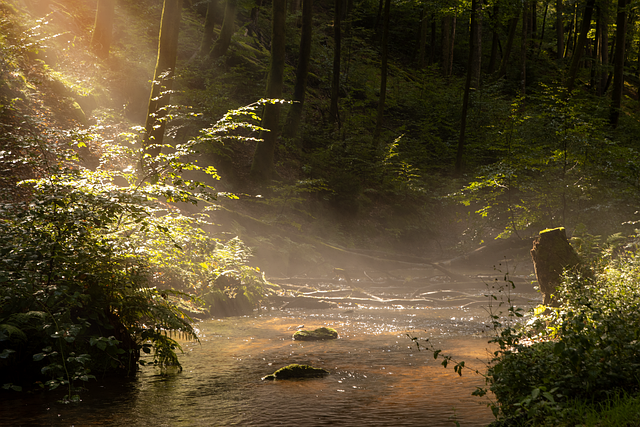**Title: "The Evolution of Storytelling in Video Games

The Secret Lives of Urban Wildlife
Urban environments are often bustling with human activity, but beneath the surface, a vibrant world of wildlife thrives. From raccoons rummaging through trash cans to peregrine falcons nesting on skyscrapers, urban wildlife has adapted in remarkable ways to coexist with city dwellers. In this post, we’ll explore the fascinating lives of urban animals and the challenges they face.
1. Adaptation to Urban Life
Urban wildlife has developed unique behaviors and adaptations that allow them to survive in a city setting. Some key adaptations include:
Dietary Flexibility: Many urban animals have become opportunistic feeders, consuming a wide range of food sources. For example, raccoons and coyotes often scavenge for human food, while pigeons thrive on discarded snacks.
Nesting in Unusual Places: Birds like sparrows and starlings have adapted to nesting in buildings and other man-made structures. Peregrine falcons, once rare, now nest on ledges of tall buildings, taking advantage of the abundant pigeon population.
Nocturnal Behavior: Many species, such as foxes and deer, have shifted their activity patterns to nighttime to avoid human interaction, becoming more active under the cover of darkness.
2. Common Urban Wildlife Species
Here are some of the most common urban wildlife species you might encounter:
Squirrels: These agile creatures are often seen foraging for food in parks and gardens. Their ability to navigate urban landscapes makes them a familiar sight.
Pigeons: Often considered a nuisance, pigeons are incredibly adaptable and can thrive in almost any environment. They are known for their homing abilities and strong social structures.
Coyotes: Once confined to rural areas, coyotes have expanded their range into cities, where they hunt rodents and other small animals. They play a crucial role in controlling urban rodent populations.
Bats: These nocturnal mammals are vital for pest control, consuming vast amounts of insects. Urban areas provide them with ample roosting sites, such as bridges and buildings.
3. Challenges Faced by Urban Wildlife
Despite their adaptability, urban wildlife faces numerous challenges:
Habitat Loss: As cities expand, natural habitats are destroyed, making it difficult for wildlife to find food and shelter.
Pollution: Air and water pollution can harm wildlife health. Animals may ingest toxic substances or become ill from contaminated environments.
Human-Wildlife Conflict: Encounters between humans and wildlife can lead to conflicts, such as property damage or safety concerns. Education and awareness are essential in mitigating these issues.
4. How You Can Help Urban Wildlife
You don’t need to be a wildlife expert to make a difference! Here are some simple ways to support urban wildlife:
Create Wildlife-Friendly Spaces: Plant native flowers and shrubs in your garden to provide food and shelter for local wildlife.
Reduce Litter: Properly dispose of trash and recycling to minimize the risk of wildlife ingesting harmful materials.
Educate Others: Share your knowledge about urban wildlife with friends and family to foster a greater appreciation for these often-overlooked creatures.
Report Sightings: Many cities have programs to track urban wildlife. Reporting your sightings can help researchers understand and protect these populations.
Conclusion
The secret lives of urban wildlife are full of surprises and resilience. By understanding and appreciating the animals that share our cities, we can work towards creating a harmonious coexistence. Next time you spot a raccoon or hear the call of a coyote, take a moment to appreciate the incredible adaptations that allow them to thrive in our urban jungles.
Feel free to share your thoughts or experiences with urban wildlife in the comments below! 🦊🌳

All images are taken from the Pixabay.com